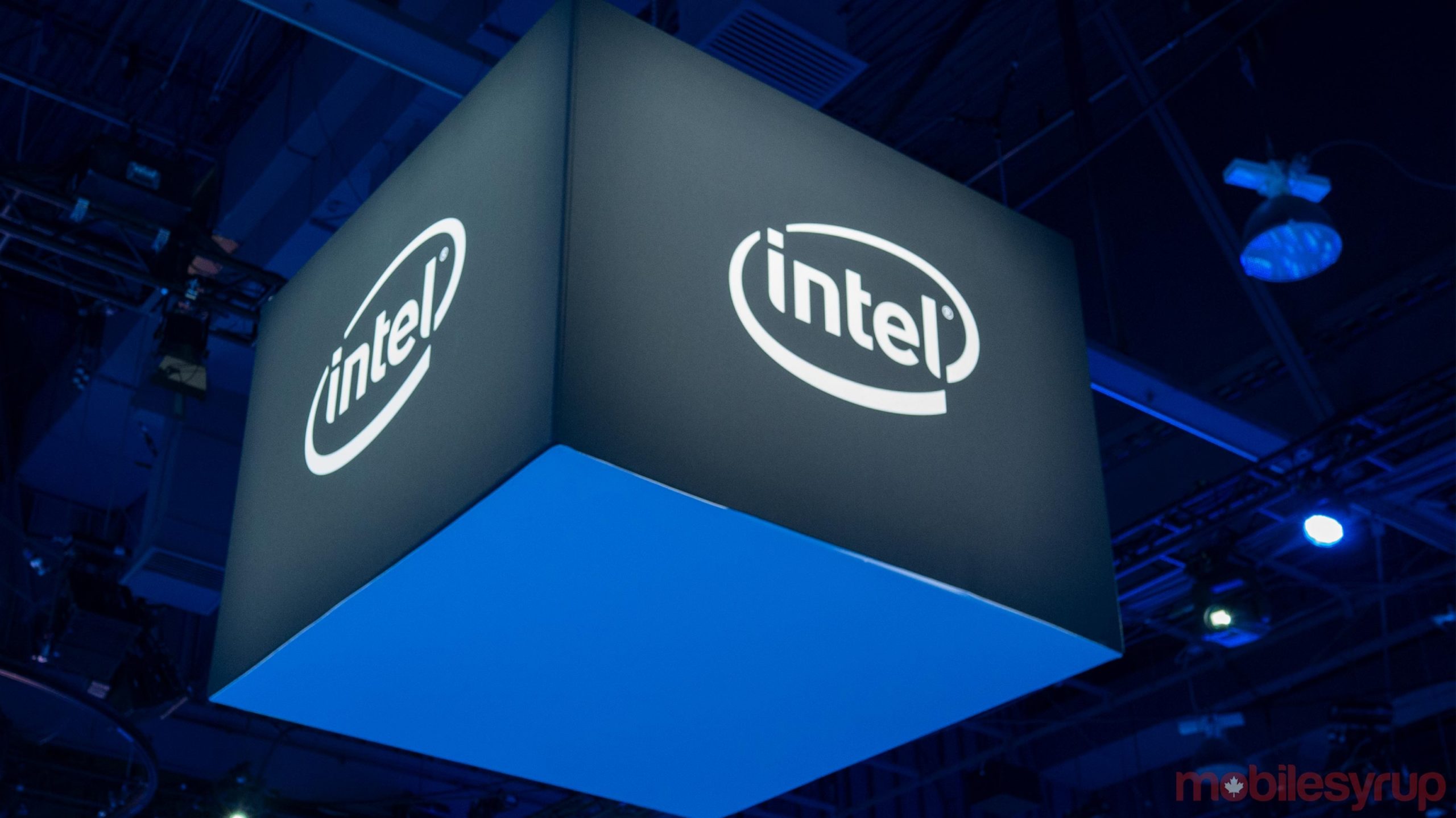
Intel has been on a bit of a tear over the last week, pumping out marketing that touts the advantages of PCs over Apple’s new M1-powered Macs.
First, Intel brought back former “I’m a Mac” star Justin Long to lead a series of ads mocking Apple’s M1 Macs. Humorously, YouTuber Rene Ritchie noticed that Intel’s ad team edited the MacBook shown in the commercials to feature a display with no bezels. It looks quite a bit nicer than Apple’s actual MacBook.
The company’s most recent attack comes in the form of a website that compares Intel PCs with M1 Macs based on “real research” and also makes some silly arguments. That’s not to say there are no legitimate criticisms of the M1 Mac — there certainly are! — Intel just hasn’t used them.
Intel takes shots at Mac form factors, Touch Bar
For example, Intel points out that PCs offer more form factor choice, touch screen capabilities and support for multiple displays, while the M1 Mac requires “extra devices and gear,” only supports one external display and is “Touch Bar only.”
Unfortunately, form factor choice is a bit of a moot point. Sure, PCs offer several unique form factors, but that’s not because of Intel’s chips. The extra devices and gear point also doesn’t make much sense — perhaps Intel’s trying to say that to get a touch-screen experience, you need to buy an iPad with your Macbook. But the included picture on Intel’s website shows accessories like charging cables and a mouse. Almost every laptop comes with a charging cable, and I’m not sure of any Intel laptops that come with a mouse.
As for the company’s criticism of external displays, it’s somewhat warranted — Apple does officially limit the M1 MacBook Air and MacBook Pro to one external monitor but the M1 Mac mini can output to two if you use both its HDMI and Thunderbolt 4 port. There are workarounds to get multiple displays working, however. That said, in my experiencing testing and reviewing Intel-powered laptops, I’ve had difficulties getting multiple monitors to work without using some sort of dock or complicated dongle setup. Intel might have a leg-up here, but it’s not a big one.
Intel also touts gaming and software as advantages over the M1
Another complaint Intel leverages against M1 Macs is that they only have limited gaming support. Realistically, that was true with Intel MacBooks too — there aren’t many games made for Mac. However, while you can play games on Intel-based Windows laptops, unless you’re buying a gaming laptop, the experience will be mediocre.
A fair criticism of the M1 Macs is that they don’t support as much software. Intel sort of hits this point, saying that the M1 has “limited creation applications.” However, that ignores the fact that developers are porting their software over to work natively on M1 quite quickly. Plus, in cases where developers are taking more time, the Rosetta 2 translation layer works well enough. With creation apps specifically, some Adobe apps are out of beta and available natively now — and even offer better performance than those on other platforms.
Intel’s performance benchmarks miss the point
Speaking of performance, Intel also shows several tests on its website that indicate Intel’s chips in a PC work better than Apple’s M1 in a Mac. These include some cherry-picked results from a Topaz Labs AI test, an Adobe Premiere export test, a Lightroom Photo Merge HDR Panorama workload, a Google Chrome performance comparison and a battery test. PCWorld has an excellent breakdown of each of these tests, noting that some of the results (such as those from the AI test) have merit, while others aren’t the slam-dunk Intel thinks they are. Intel includes more details on each test in fine print at the bottom of the site, which mostly explains that the company compared its 11th Gen Core i7-1185G7 CPU in a couple of different configurations with the M1 Mac.
The problem here is that these comparisons are really apples-to-oranges (or Apples-to-PCs, if you will). Comparing app performance running on Windows to app performance on macOS introduces extra variables to the test. To me, a better comparison would be an Intel Mac and an M1 Mac. That would eliminate variables introduced by things like differing operating systems and differences in the applications themselves, and would more effectively compare the capabilities of Intel CPUs and the M1. But, Intel doesn’t want to do that because it’ll lose.
Instead, Intel’s marketing focuses on things that, frankly, don’t really have anything to do with the processor. Worse, Intel’s focus on the M1 Mac misses the point — Apple’s laptop market share remains small, and I doubt the M1 will change that enough to make Apple a threat to Intel’s dominance in the PC market. AMD, on the other hand, is pumping out impressive new chips that blow Intel’s offerings away in several (but not all) tests. Intel should be worried, but not about the M1.
MobileSyrup may earn a commission from purchases made via our links, which helps fund the journalism we provide free on our website. These links do not influence our editorial content. Support us here.


